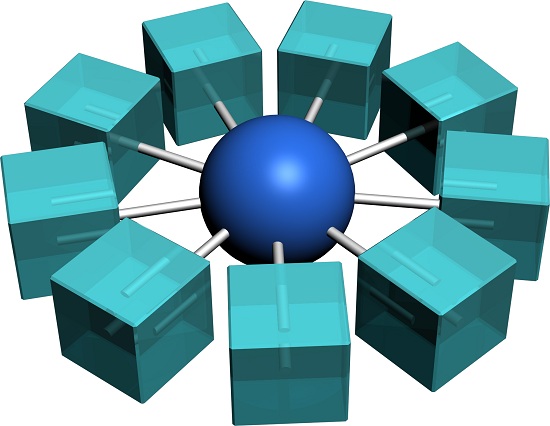Performance Optimized Data Center servers or PODs, developed by HP, offer a scalable IT infrastructure solution for many enterprise companies. These efficient systems allow expansion for IT departments that are looking to grow quickly and more cost effectively. When choosing your POD server, consider the following important factors.
Space Size
Compared to the traditional mammoth-sized data centers, the modular POD servers reduce the area footprint needed, while providing a powerhouse solution. PODs come in two different size options with an additional combined infrastructure. Keep in mind that the advantage of this system is that you can add additional PODs as you grow, which allows you to scale your center in the future. POD servers are produced in 20-foot and 40-foot size options, delivering the equivalent to 2,000 or 5,000 square feet brick-and-mortar data centers. If you need greater capacity, you should consider the optional double 40-foot IT module, which offers a spacious 10,000 square foot size. This combine POD server scenario offers a shared hot aisle that will conserve energy and lower your cooling costs to maintain a large data center.
Capacity
When planning your onsite POD location, determine the wattage capacity you’ll need. You should particularly consider the redundant structure that will support the ongoing load. The decision-making process when planning for capacity is unique to your particular situation. You will need to forecast your future IT needs based on what you will need two months, one year or even three years from now. To determine your capacity needs, consider what the data center will require to provide CPU cycles, storage, space, and power. The POD server starts with an inside capacity for (10)50U industry standard racks and 290kW non-redundant power. The larger 40c POD supplies (22)50U industry rack has an overall capacity of 600 kW non-redundant power.

Site Prep
Although the modular PODs system is a more cost-effective option for many enterprises, there will still be necessary location prep work. You will need the proper utilities and trenching, which will add to the overall costs. Depending on your situation, you should weigh the expenses of the modular preparation to traditional construction. Similar to traditional construction, you will need to ensure your infrastructure meets safety regulations. You will also need to plan the site security that is imperative to protect your data.
Return on Investment
When choosing your POD server, it’s important to calculate your return on investment (ROI) of adopting your selected model. Compare your Critical IT load (kW) with the projected Power Usage Effectiveness (PUE) of a new brick-and-mortar data center. You should also calculate the level of site preparation needed for you location. HP provides a convenient online tool to generate a POD saving audit that will help you establish a budget for purchasing a POD server.
POD servers support rapid expansion with container-based data centers ready for service and optimized for peak performance. When choosing a POD server for your enterprise, make sure you consider all the essential factors of size, capacity, development and costs. PODs deliver scalable size options as well as combined solutions for higher infrastructure needs.
+Katrina is a leader in the IT industry with innovative ideas and custom solution as a product specialist for Racksolutions.com




